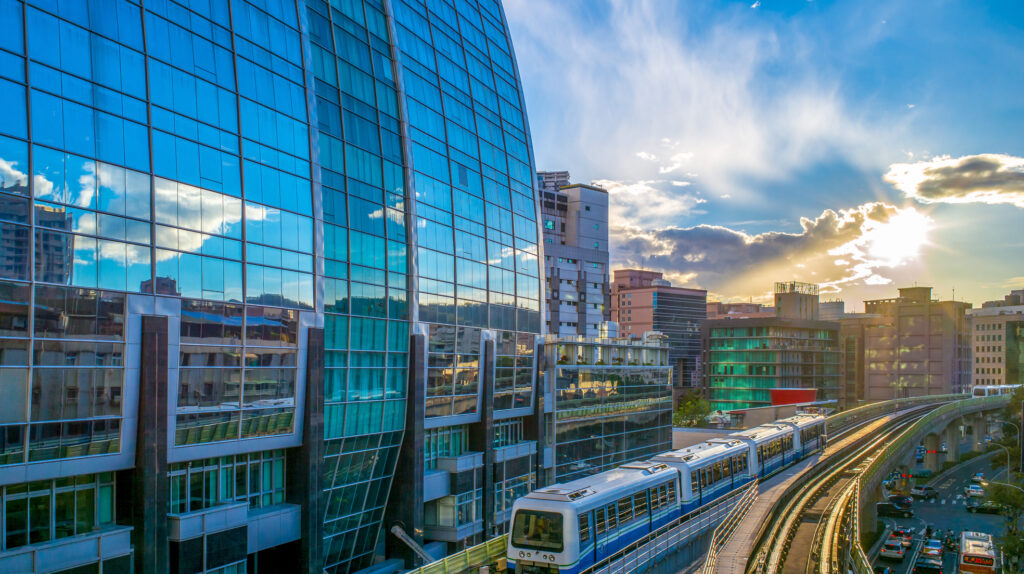Smart City Planning with Location Intelligence
September 3, 2021

Technology has become an integral part of our daily lives. It has changed the way that we look at the world and our expectations for the future. Because of this, many businesses have zeroed in on the benefits of digital transformation and cities are no exception. Singapore, Dubai, and Boston are great examples of how cities could move in the direction of becoming smart cities.
While creating a smart city sounds like the perfect solution to the public’s ever-growing ease of use and on-demand needs, the preparation can be challenging. This is where data plays a major role. Insights from location intelligence can help urban planners with strategic smart city planning.

Identify Bottlenecks in Transportation
Location intelligence allows city planners to understand human mobility patterns. The coronavirus pandemic caused an increase in people moving to more suburban areas and smaller towns, known as the “Great Migration of 2020.” This movement has caused a growth downturn in many metropolitan populations. Naturally, the migration of people from cities to the suburbs has created traffic congestion. By understanding traffic patterns, urban planners can discover where congestion is the worst and create advanced traffic management strategies to solve these transportation disruptions.
People aren’t taking public transportation as much as they used to due to COVID-19, but this is trend could easily change in the future. Smart city planners can use near real-time data to determine what public transportation options are needed. They might discover that foot traffic is increasing to rideshare areas and more consumers within the city are visiting bicycle shops. To meet demand, they could create a ride-sharing system that is run by the city and less expensive than ride sharing companies. The transportation department could implement a bike-share program and place bike lanes in more locations around the city. This not only takes the load off of the bus system once people are back in the office but it also gives people more transportation options than before and reduces pollution.
Economic Development for Smart Cities
Urban planners can use insights from location intelligence to determine how to boost the local economy and address areas in need of assistance. By analyzing these insights, they can go beyond census data to better comprehend the preferences of residents and visitors and identify consumer markets with the potential for growth.
For example, if consumers are frequently visiting convenience stores and have to travel far to get to a grocery store, then planners can work with departments to create initiatives around reducing food deserts in the city. Once more grocery stores are introduced to the community, then the city can create an interactive map to help people find their nearest store.
City planners are also use location intelligence to understand on the types of businesses that would do best in a particular locale based on the preferences of consumers living in the neighborhood. Planning a city based on what its residents and visitors want the most can help organizations strategize public initiatives and create partnerships to implement those solutions.
The Importance of Smart City Planning
As more cities begin to implement smart city planning, insights from big data will help inform policies that will benefit neighborhoods and the people who live there. Location intelligence can help urban planners identify and prioritize goals based on consumer behavior patterns. By meeting these challenges based on data rather than assumptions, smart cities can improve quality of life for city residents and visitors. This people-first approach is the future of smart city planning. To learn more about using location intelligence for smart city planning, contact one of our experts today.




